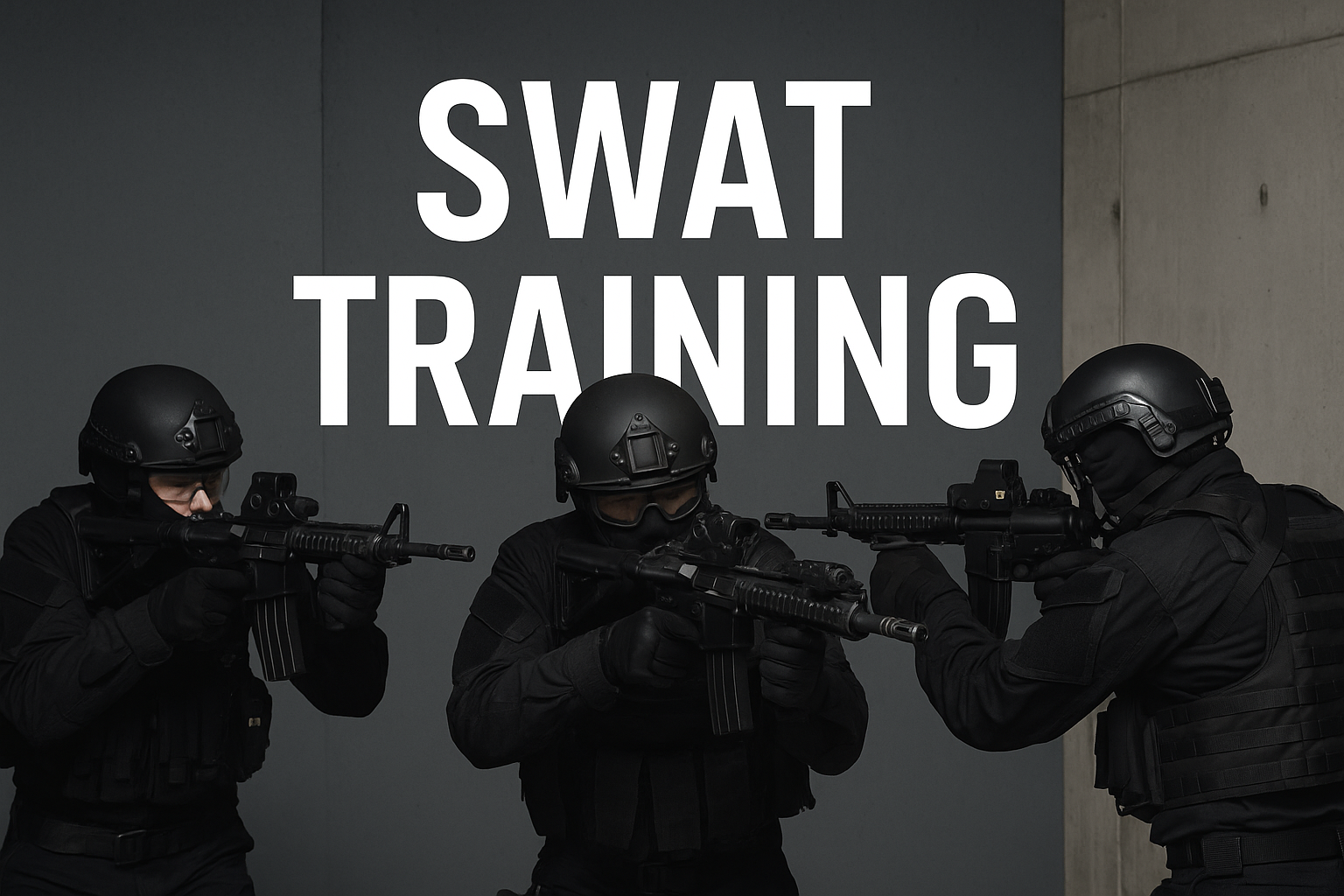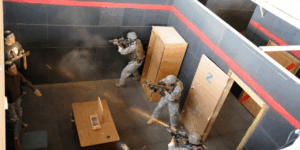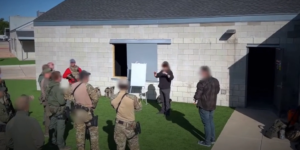SWAT training is more than a tactical requirement—it's a necessity for specialized teams operating in high-risk, high-pressure environments. As modern threats evolve, so too must the skills of those responsible for immediate and decisive response. From dynamic entry and breaching to hostage rescue and team-based maneuvers, effective SWAT training provides law enforcement and tactical units with the advanced preparation needed to operate with precision and confidence.
In high-stakes situations, seconds matter. Teams must be able to move with coordination, communicate without hesitation, and execute complex operations with minimal margin for error. This is where comprehensive training from organizations like Active Crisis Consulting becomes an essential asset.
What Makes SWAT Training Essential?
Special Weapons and Tactics teams face unpredictable and volatile scenarios that require more than conventional law enforcement skills. A well-structured SWAT training program addresses this gap by focusing on:
- Close-Quarters Combat (CQC): Effective room clearing, hallway movement, and corner navigation in both residential and commercial environments.
- Team Communication & Coordination: Precise movement patterns, callouts, and response protocols to ensure unit cohesion.
- Hostage Scenarios & High-Risk Arrests: Engaging threats with minimal civilian risk while maintaining strategic control.
- Tactical Leadership: Instilling command skills in high-stress scenarios for officers in charge of field teams.
At Active Crisis Consulting, these pillars are embedded into every program to ensure that participants are mentally and physically equipped for deployment. The curriculum emphasizes live-force decision-making under stress, something critical in today's urban operational landscape.
Bridging Training Gaps with Real-World Application
Too often, teams rely on outdated methods or irregular refreshers that fail to reflect current tactical challenges. Active Crisis addresses this with scenario-based instruction built around the environments trainees are most likely to encounter—multi-level buildings, tight hallways, barricaded suspects, and unpredictable civilians.
This approach isn’t theoretical. Through partnerships with county agencies and security contractors, their trainers have helped teams nationwide refine skills in high-pressure environments that mirror real deployments. Their SWAT training integrates seamlessly with other critical programs such as breacher techniques, red team threat simulations, and survival evasion resistance escape (SERE), giving units a holistic edge in the field.
Teams that have participated in Active Crisis's programs have improved not only in tactical proficiency but in cross-team coordination, particularly during multi-agency responses. That’s key in situations where local law enforcement must work in tandem with federal units or specialized private security teams.
Training That Evolves with the Mission
Today’s missions demand adaptability. A static training model doesn’t serve units operating across varied threat levels, terrains, and jurisdictions. What sets Active Crisis’s SWAT training apart is its modular and scalable design.
Courses can be adapted to specific mission requirements, team sizes, and experience levels. Whether training a small team for rural interdiction or preparing a full unit for urban threat response, the curriculum adjusts accordingly. Their instructors—drawn from military special operations, federal law enforcement, and active SWAT teams—ensure every lesson is backed by real-world operational relevance.
This adaptability is especially valuable for departments under budgetary constraints. Rather than investing in generic, one-size-fits-all programs, teams get targeted skill development that translates directly to operational readiness.
Results That Speak for Themselves
From Florida sheriff’s departments to private contractors handling corporate site security, Active Crisis has consistently delivered measurable improvements in tactical performance and readiness. Teams leave with more than technical knowledge—they leave with the confidence to perform under pressure.
Post-training assessments show marked improvement in response times, decision-making under duress, and intra-team communication. For agencies preparing for large public events, or those dealing with elevated threat levels, that kind of outcome isn't optional—it's mission critical.
Final Thoughts
SWAT training is a foundational component of any tactical readiness strategy. Whether you're looking to elevate your team’s breaching skills, improve communication under fire, or prepare for coordinated hostage recovery operations, investing in the right training provider makes all the difference.
Active Crisis Consulting delivers structured, realistic, and adaptable training designed to meet the needs of modern tactical units. With a clear focus on results and real-world application, their approach offers lasting value well beyond the classroom or range.
For units serious about readiness, explore their SWAT training program today and take the next step in operational excellence.




